Buenos Aires endured a dark and turbulent period during Argentina’s military dictatorship from 1976 to 1983. Known as the "Dirty War," this era was marked by severe repression, human rights abuses, and the forced disappearance of thousands of citizens. The infamous ESMA detention center became a symbol of the regime’s brutality, where detainees were subjected to horrific torture. Yet, from this darkness emerged the powerful Mothers of the Plaza de Mayo, who bravely demanded justice for their loved ones. This harrowing chapter in Argentine history continues to shape the country’s ongoing quest for truth and accountability.
Good To Know
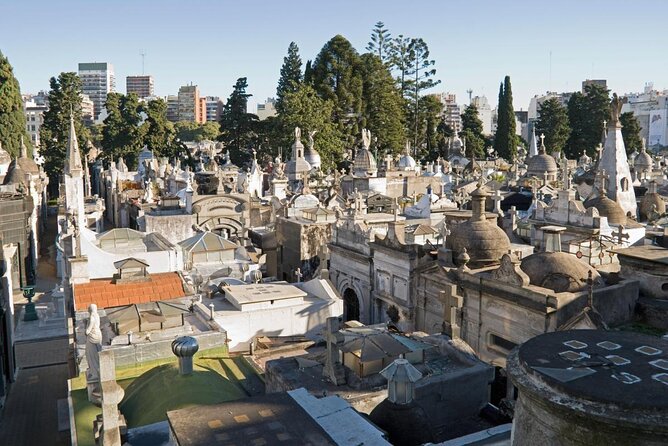
-
The Dirty War was a military dictatorship in Argentina from 1976 to 1983, resulting in thousands of forced disappearances and human rights abuses.
-
The Espacio Memoria y Derechos Humanos (ex Esma) and Parque de la Memoria serve as memorials to the victims of the dictatorship and ongoing efforts for justice.
-
Evita and Juan Perón’s populist movement laid the foundation for the military’s power seizure and the subsequent Dirty War.
-
The Mothers of the Disappeared have marched in Plaza de Mayo since 1977, seeking answers and accountability for their disappeared loved ones.
-
The Dirty War’s legacy continues to impact Argentina’s pursuit of justice, with ongoing efforts to uncover the truth and hold perpetrators accountable.
It's also worth checking out some other tours and experiences nearby.
Tour Overview and Historical Context
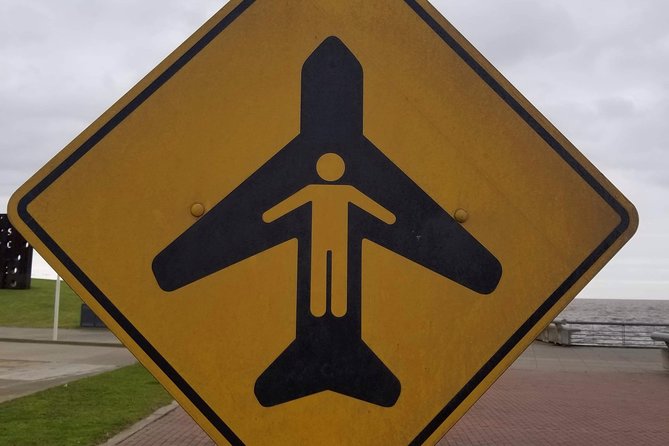
The tour offers visitors a chance to explore Argentina’s Dirty War, a dark period of the country’s history marked by a military dictatorship and the disappearance of thousands.
Starting with hotel or apartment pickup, the tour explores significant sites like the Rose Garden, which highlights Argentina’s pre-war golden years and the rise of Evita and Juan Peron.
Participants will learn about the ongoing efforts for justice by the mothers of the disappeared, who’ve marched in Plaza de Mayo since 1977, seeking answers and accountability for the atrocities committed during this tumultuous era.
Key Sites and Experiences
Parque de la Memoria, dedicated to the victims of the dictatorship, offers visitors insights into this dark chapter of Argentina’s history. The Espacio Memoria y Derechos Humanos (ex Esma), a former navy training school, is another key site. Visitors can see the detention and torture sites, learning about the horrific practices of the regime. The tour features the following experiences:
| Site | Duration | Admission | Accessibility |
|---|---|---|---|
| Parque de la Memoria | 1 hour | Free | Not wheelchair accessible |
| Espacio Memoria y Derechos Humanos (ex Esma) | 1 hour | Free | Not wheelchair accessible |
These immersive experiences provide a powerful and emotional insight into Argentina’s Dirty War, honoring the victims and highlighting the ongoing efforts for justice.
Tour Logistics and Details
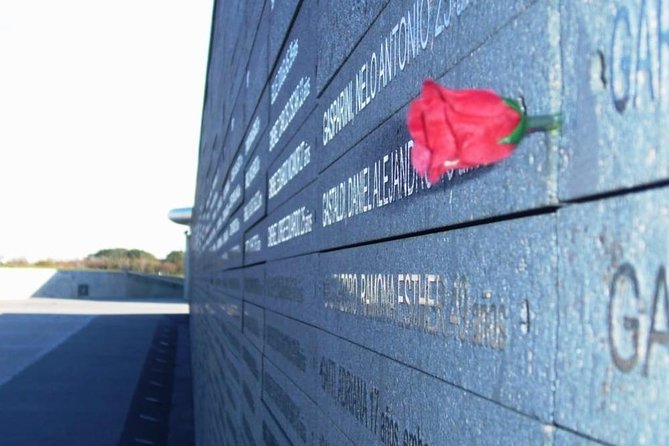
The tour runs for approximately 1 hour at each of the featured sites. Admission is free for all locations, and pickup is available from hotels, apartments, and ports, starting at 10:00 am.
The tour isn’t wheelchair accessible, and a minimum of 2 people per booking is required. Visitors can enjoy free cancellation up to 24 hours before the tour.
Most travelers can participate, with infant seats available. The tour’s pricing starts at $217.92, with variations based on group size, and availability should be checked for specific dates and times.
Participant Feedback and Guides
Participants have given the tour highly positive feedback, with an overall rating of 5 stars from 9 reviews.
Guides like Howard and John are praised for their extensive knowledge and ability to engage participants, providing deep insights into Argentina’s political, social, and cultural landscape during the Dirty War.
Travelers appreciate the emotional impact of the tour, as well as the guides’ skill in bringing this dark chapter of history to life.
The guides’ expertise and the tour’s content and structure have resonated strongly with past participants, leaving a lasting impression and a heightened understanding of this pivotal period in Argentina’s past.
Pricing and Availability
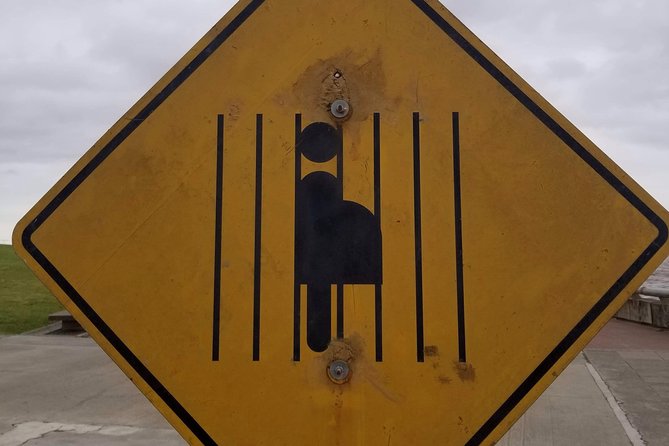
How much does the tour cost, and is it available on specific dates?
The Dirty War tour of Buenos Aires starts at $217.92, with the price varying based on group size. The tour is available on select dates, so travelers should check for specific availability when planning their visit.
Accessibility is limited, as a minimum of two people per booking is required, and the sites aren’t wheelchair accessible.
Despite these logistical considerations, the tour offers a powerful and informative look into Argentina’s dark past, providing visitors with a deeper understanding of this pivotal chapter in the country’s history.
The Rise of Evita and Peron
Though Evita and Juan Perón rose to prominence in the pre-war years, their populist movement fundamentally shaped the political landscape that later gave rise to Argentina’s Dirty War.
The charismatic duo captivated the masses, championing the rights of workers and the poor. Their influence was far-reaching, as evidenced by:
- The construction of the iconic Plaza de Mayo, which became a focal point for their supporters.
- The hotel of the Peronist political party, which dominated Argentine politics for decades.
- The cult of personality surrounding Evita, whose image and legacy continue to resonate in Argentina.
These factors laid the groundwork for the military’s eventual seizure of power and the onset of the Dirty War.
Disappearances and Ongoing Justice Efforts
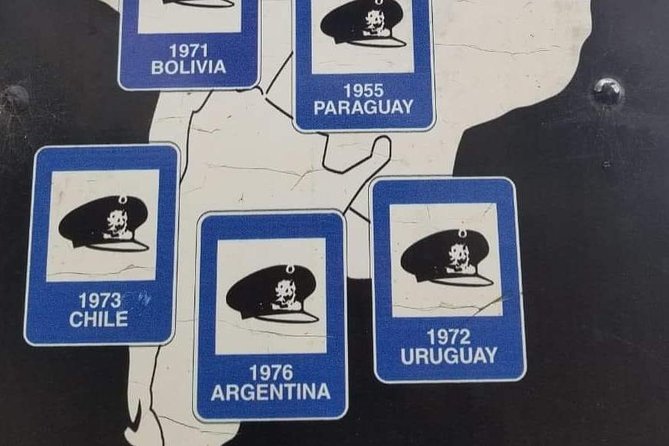
During the Dirty War, thousands of citizens were forcibly "disappeared" by the military regime, their fates often left unknown.
The mothers of the disappeared have marched in Plaza de Mayo since 1977, demanding justice and information about their loved ones.
At Espacio Memoria y Derechos Humanos (ex Esma), visitors can see the detention and torture sites where many were held and murdered.
The Parque de la Memoria serves as a solemn memorial, dedicated to the victims of the dictatorship.
Despite the passing of decades, the search for answers and accountability continues, a testament to the unwavering determination of those seeking to confront Argentina’s darkest chapter.
The Horrors of the Dictatorship
The military dictatorship that ruled Argentina from 1976 to 1983 subjected its citizens to horrific human rights abuses.
The regime’s infamous Esma, a former navy training school, was transformed into a detention and torture center where thousands were held captive, interrogated, and murdered.
Detainees faced brutal tactics, including:
- Beatings, electrocution, and waterboarding to extract information and confessions.
- Being thrown from airplanes into the ocean, a practice known as "death flights."
- Forced disappearances, with bodies secretly disposed of to cover up the regime’s crimes.
The Dirty War’s legacy continues to haunt Argentina, as the nation grapples with the ongoing pursuit of justice for the victims and their families.
Here's a few more nearby tours and experiences we think you'll like.
Frequently Asked Questions
How Did the Dirty War Impact Argentina’s Economy and Society?
The Dirty War devastated Argentina’s economy and society, leading to widespread poverty, human rights abuses, and political upheaval. It eroded public trust, suppressed dissent, and hindered economic growth for years after the military dictatorship’s fall.
What Were the International Reactions to the Military Dictatorship?
The military dictatorship in Argentina faced international condemnation and sanctions. Many countries condemned the human rights abuses, and some imposed economic and diplomatic pressure to try to end the repressive policies of the regime.
How Has the Legacy of the Dirty War Influenced Argentina’s Politics Today?
The legacy of Argentina’s Dirty War has shaped its politics, fostering a commitment to human rights, accountability, and democratic reforms. It’s influenced policies, institutions, and civic engagement, as the country works to address the abuses of the past.
What Were the Key Factors That Led to the Rise and Fall of the Military Junta?
The military junta rose due to economic instability, social unrest, and fear of communism. It fell due to public backlash, international pressure, and the Falklands War debacle, leading to democratic elections in 1983.
How Do the Victims’ Families Continue to Seek Closure and Justice?
The victims’ families continue to seek closure and justice by marching annually in Plaza de Mayo, demanding accountability for the thousands who disappeared under the military dictatorship and the ongoing search for the missing.
Not for you? Here's more of our most recent tour reviews happening neaby
- Cultural Walking Tour and Top Museums in Buenos Aires
- Flavors of Latin America FoodTour in Buenos Aires
- Palacio Tango: Carlos Gardel Tango Show With Optional Dinner
- Private Transfer Hotel to Buenos Aires Cruise Terminal
- Explore Buenos Aires: Custom City Day
- In the Footsteps Of Dictators & the Auschwitz of Argentina -Private Walking Tour
- Traditional Argentine FoodTour in Palermo Buenos Aires
- Your Personal Photographer in Buenos Aires
- Buenos Aires: Private EZE Airport Transfer
- Tigre Delta Sightseeing Cruise From Buenos Aires
- Horseback Riding Adventure With Asado in Buenos Aires!
- Private City Tour Including The Old Underground Tunnels of Buenos Aires
- Shore Excursion:Small Group Estancia Tour to San Antonio De Areco
- Private Caminito & La Boca Walking Tour
- Buenos Aires PRIVATE Bike Tour
The Sum Up
The Dirty War in Argentina was a dark and devastating period that left a profound impact on the nation. Despite the horrors of the military dictatorship, the Mothers of the Plaza de Mayo stood as a powerful symbol of resistance, and the ongoing quest for truth and accountability continues to shape Argentine society. The scars of this harrowing period remain, but the country’s resilience and commitment to human rights serve as a testament to the strength of the Argentine people.
